A Gallery Wall Using Public Domain Art
There has been a lot of chatter about print shops lately and it has made me really consider the source of my art a lot more. I have been guilty of perusing Etsy and doing a quick and dirty digital download for a few dollars without giving much thought to the artist who created it. I just wanted to put art on my walls and the cheapest and easiest way to do that is digital downloads. There is an endless supply, you can change your art up on a whim, and it’s super affordable! What’s not to love!
This post may contain affiliate links. That means if you purchase anything from these links I earn a small commission, at no extra cost to you! This helps support my blog, so thank you!
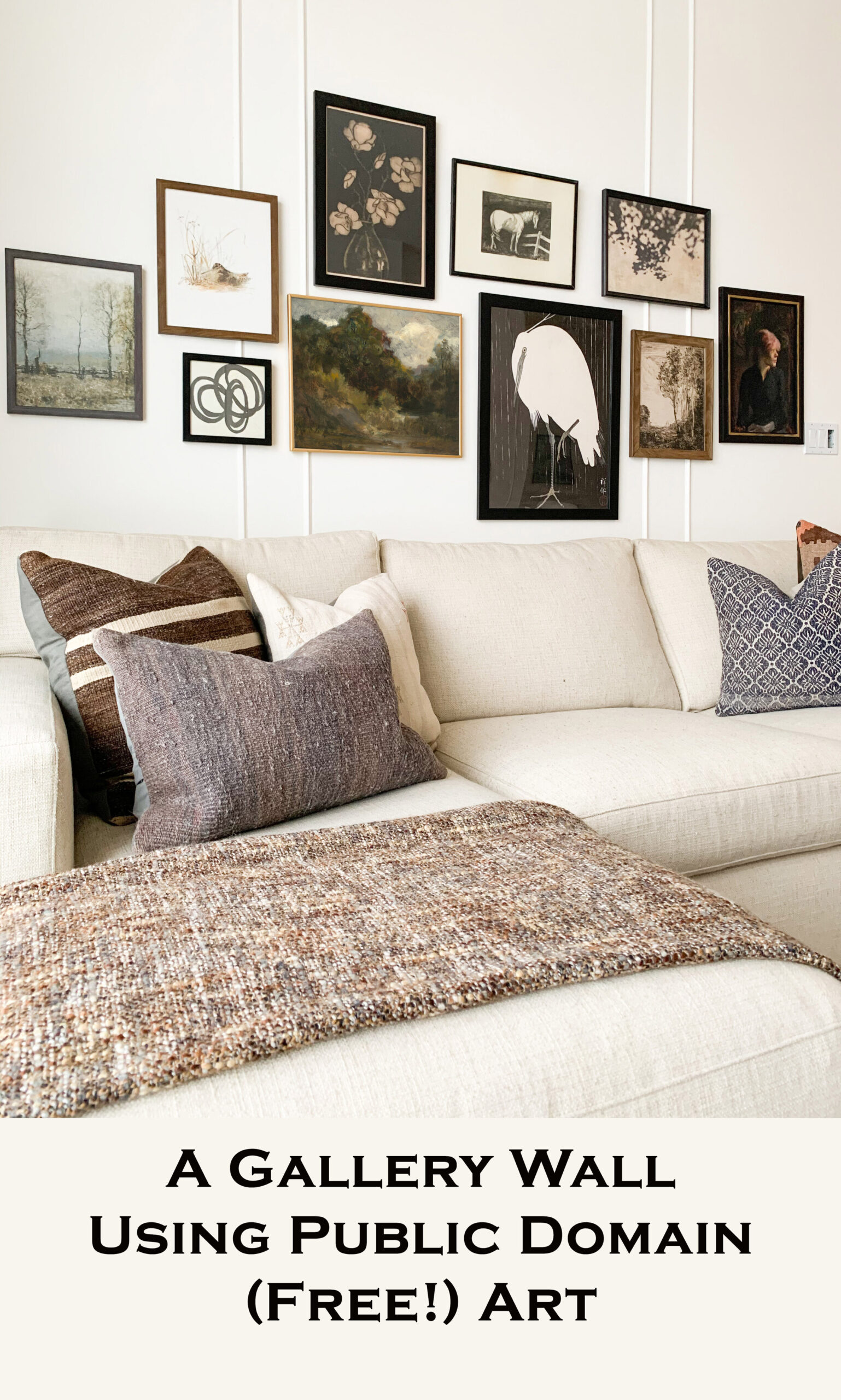
But where does all that fabulous vintage art come from? The first time I really thought about it was a few years ago when I downloaded and printed a simple dog line art for my daughter’s bedroom. My sister, who is an art teacher and has a background in art history, saw it and told me it was Picasso. “No Way!” I said, “I bought this from a print shop on Etsy, it can’t be”. She told me that work by artists like Picasso, who have passed on, has become public domain and anyone can use (and apparently sell) the work of those types of artists. I was blown away, and a little perturbed that the cute little dog print I bought was a Picasso and yet there had been no mention of that in the listing.
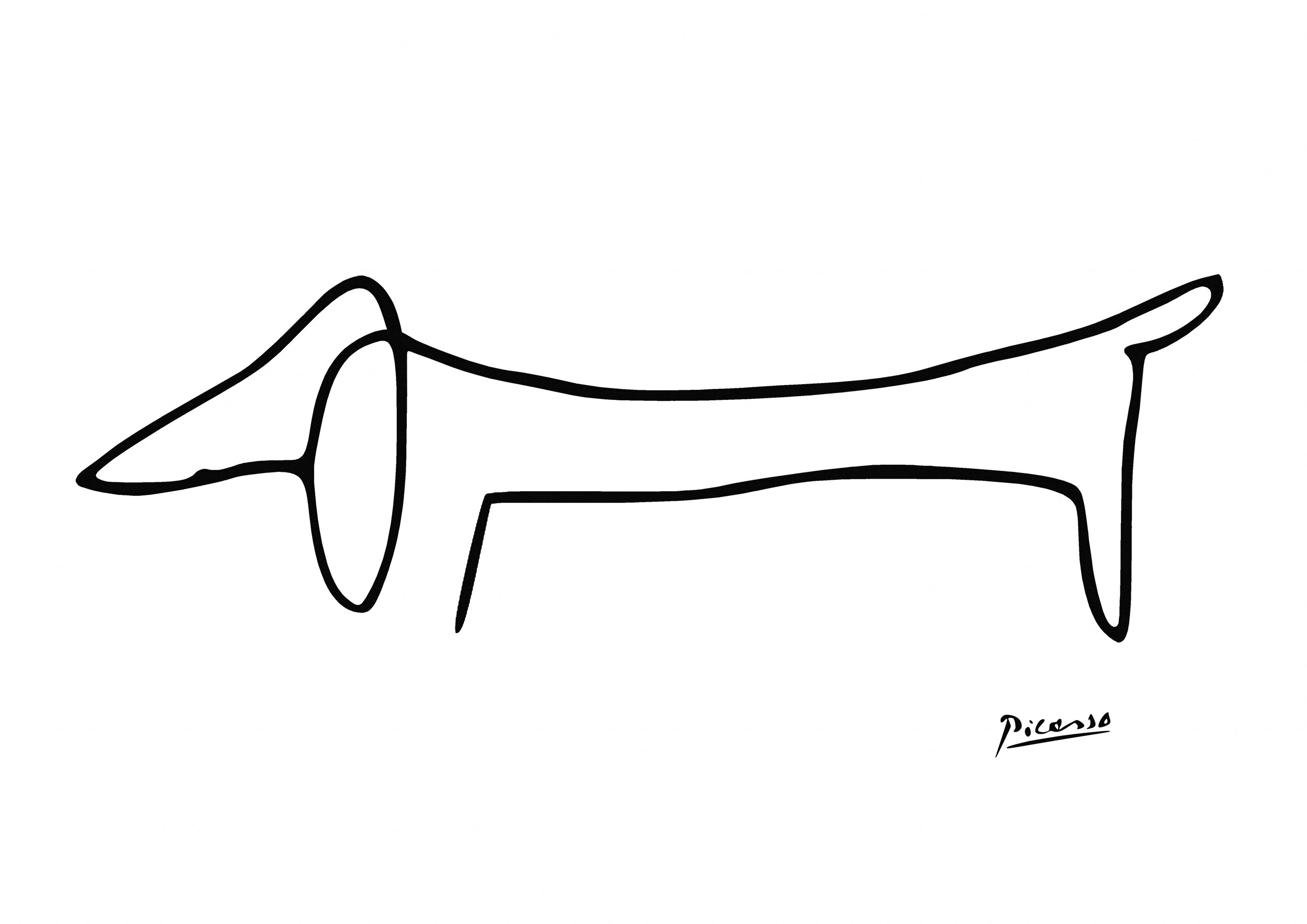
As time went on, a lot of “vintage art” print shops started popping up and I knew that these shops were doing the same thing as the man with the Picasso dog – finding art that was public domain, enhancing or resizing it digitally, and reselling. To be fair, the owners of the shop were actually providing a pretty good service. They were curating a selection and resizing them digitally to print in whatever size you like, which is not a skill that everyone has. It was sort of nice to be able to pop over to your favourite vintage art shop online and take a few minutes to find something cool and download, without spending hours searching, enhancing or resizing.
But now that I knew where this art was coming from, I found I enjoyed searching through the masterpieces in the public domain section of our favourite museums. Some museums like The Metropolitan Museum of Art and the Smithsonian actually have some pretty great search features. Once I started doing that, I found art that really SPOKE to me, and was much more personal. I found myself reading about the artist, the time they lived, and wondering about their lives and what motivated them to paint what they did. That was the type of information I was missing from digital print shops. I also found that I would find not only pieces that spoke to me personally but were a little different than what everyone else is putting on their walls, and don’t we all want to be unique? Also, should we really be dismissing the person behind the art so easily? I think that the people behind these masterpieces deserve to be remembered, the art that they left behind is their legacy.
As I search for new art for my home, I have discovered some print shops that only have original pieces (Juniper Print Shop) and others that are now crediting the artist and giving back to the museum they got the art from (Pulp Print Shop). There is also a ton of talented artists out there that are actually alive! We can’t always afford to buy original pieces from them but they often sell prints of their work as well, and we are supporting an actual artist when we do that.
So all that being said, I’ve now fallen down the rabbit hole of vintage public domain art and I can’t get out of it. I wanted to include more muted, vintage art in my gallery wall in my living room and decided to change out a few of the pieces with art that really spoke to me, all using free public domain art.
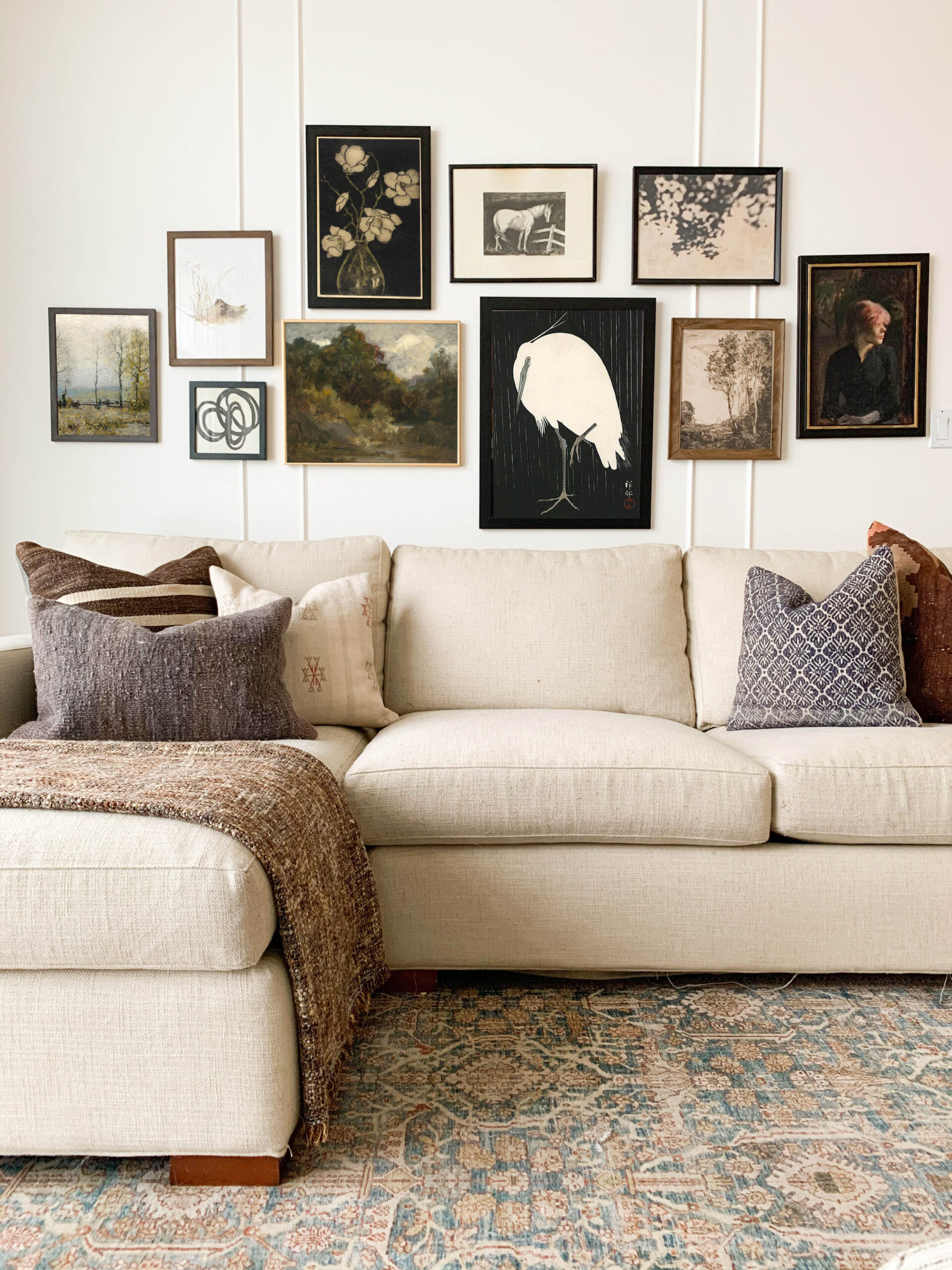
Some of the pieces in this gallery wall are thrifted originals and the few others I left were downloads from Etsy (real-life) artists. Here are the links to the ones I used to update my wall and some others I’ve been gathering. In order to print them, you need to be able to digitally resize them, which is something you can learn to do via a quick google search. I use photoshop to resize mine, but there are many user-friendly ways to do this.
Although I’ve included the links to these prints below (click directly on the image to be redirected), I encourage you to go to these websites and look through the art and see what really speaks to YOU. Art is personal, and you can have great art even if you don’t have a great budget.
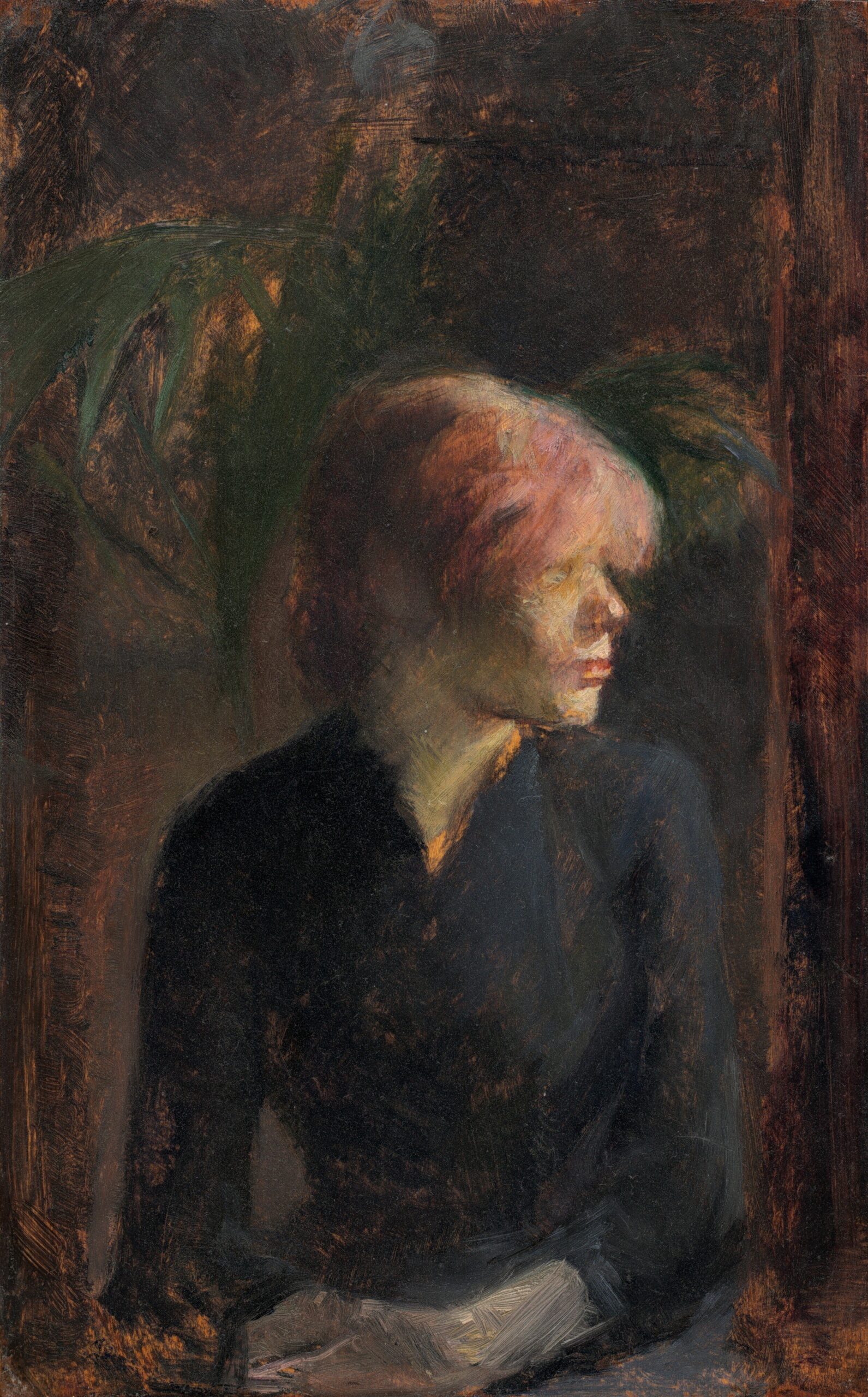

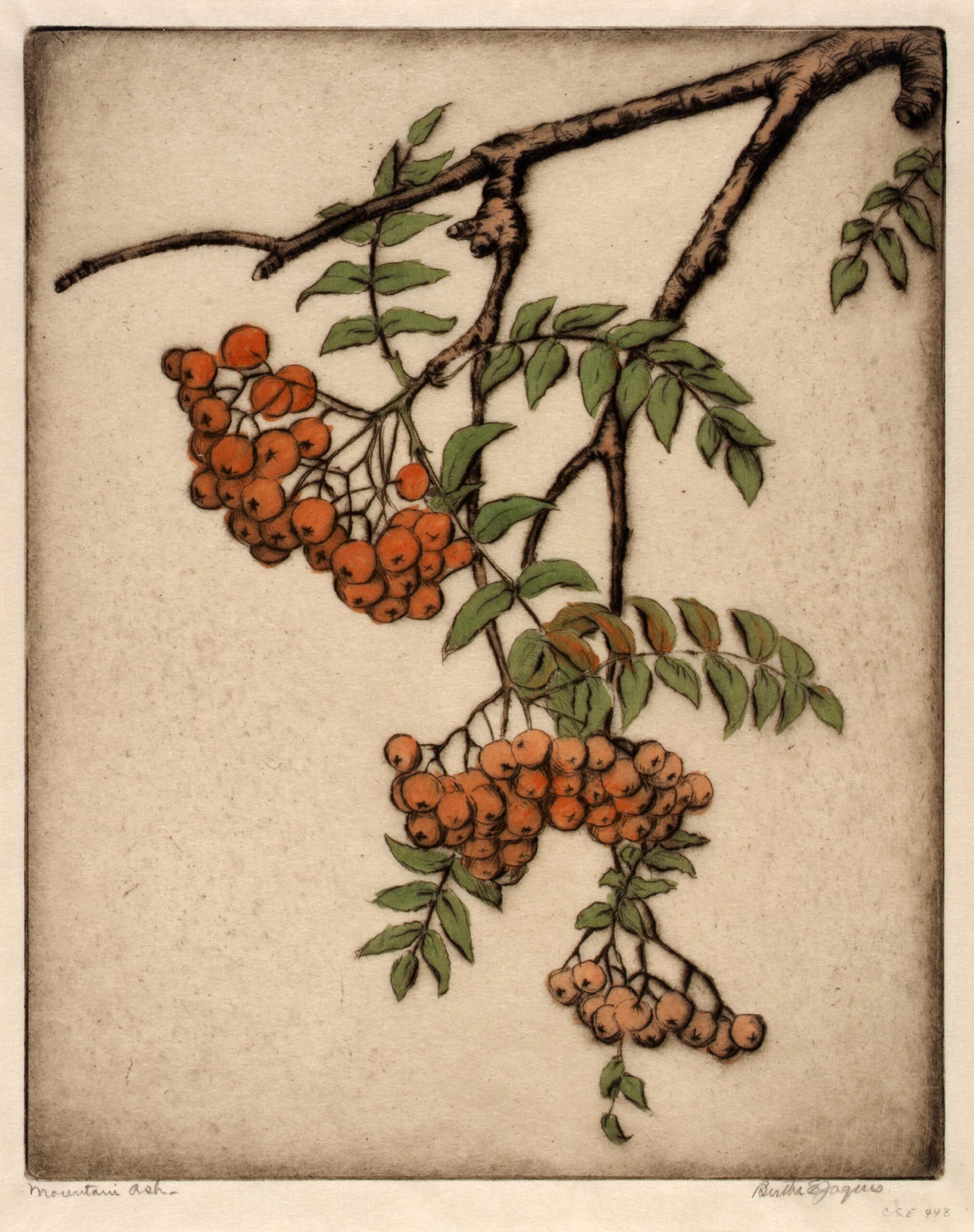
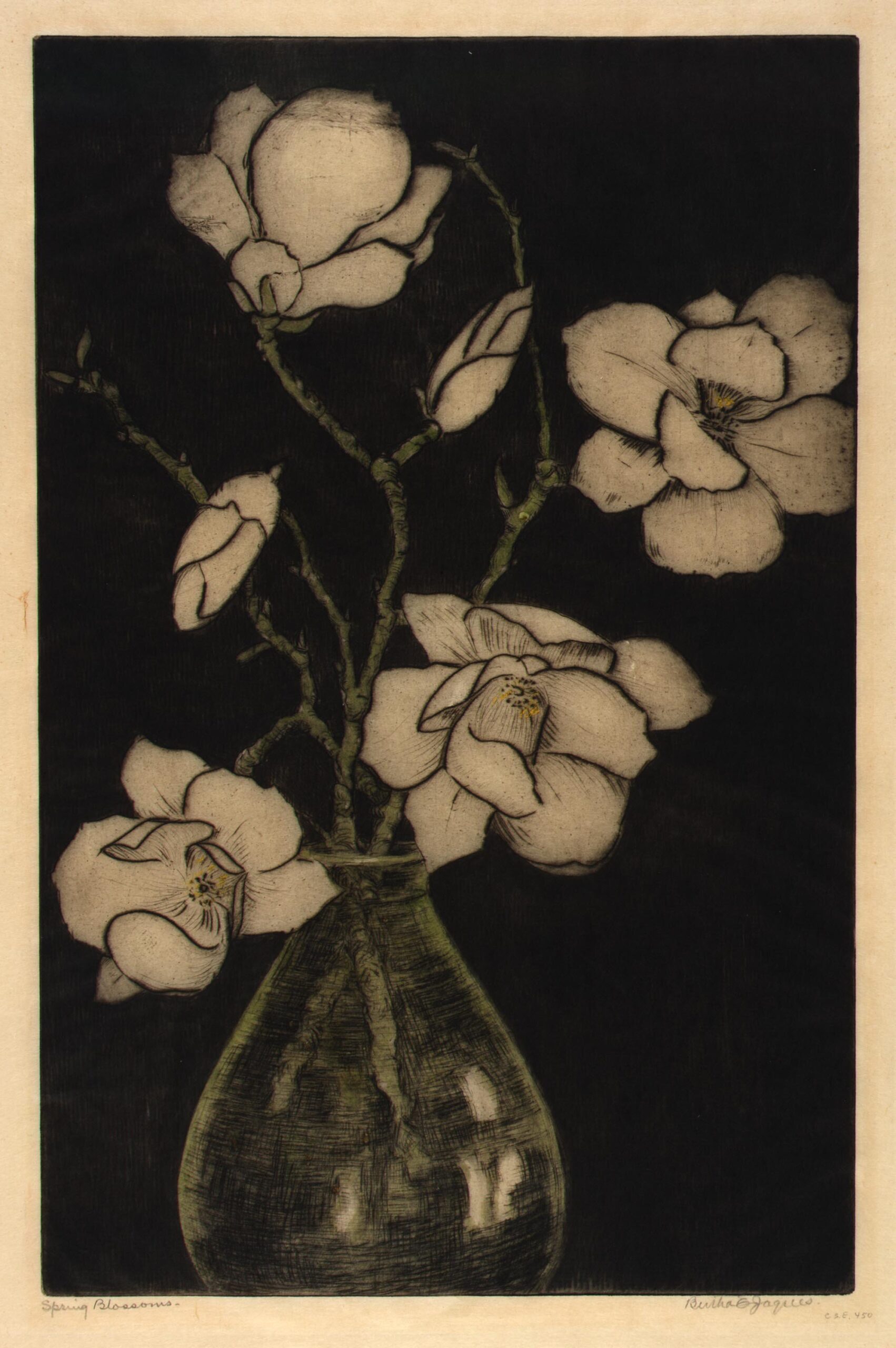
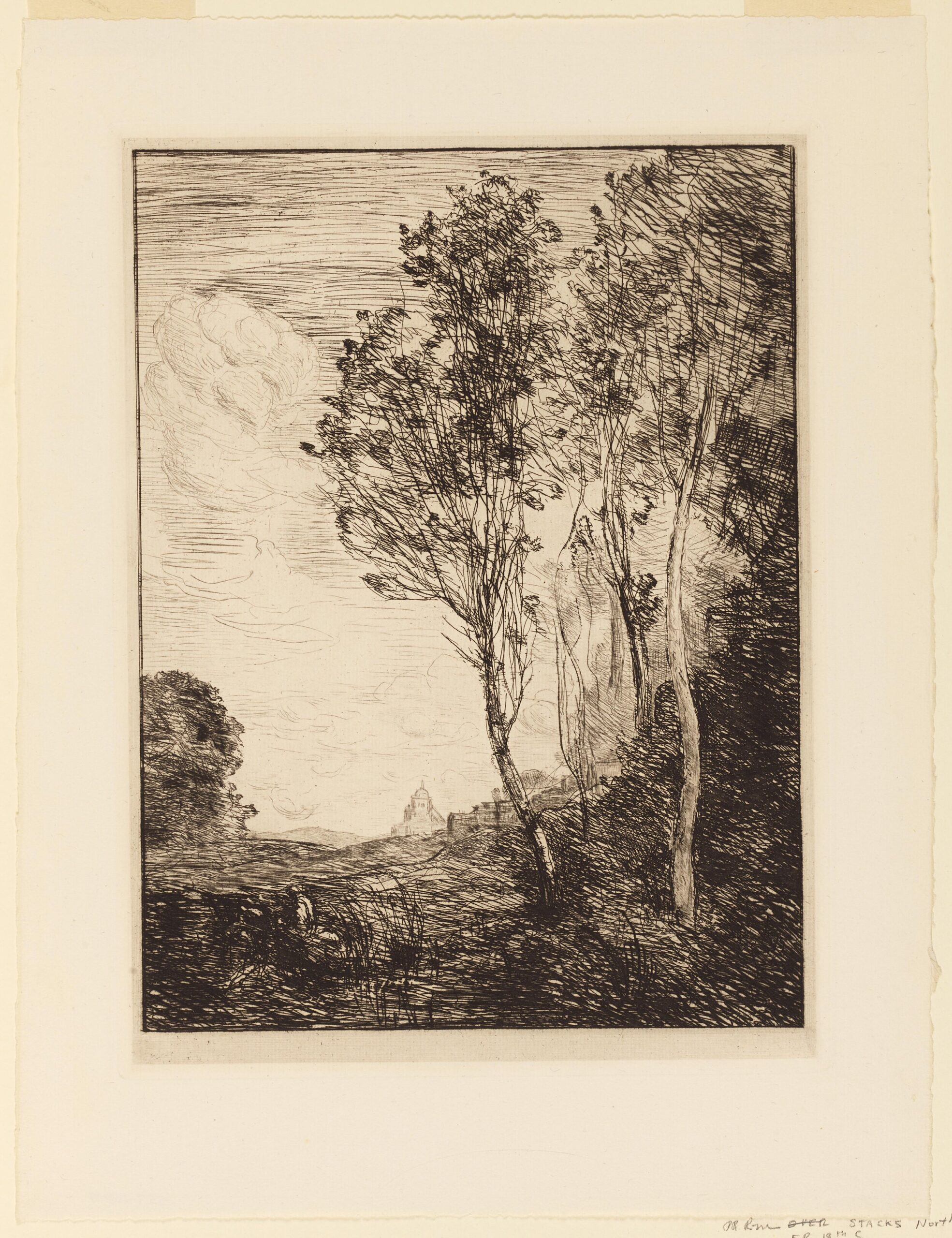

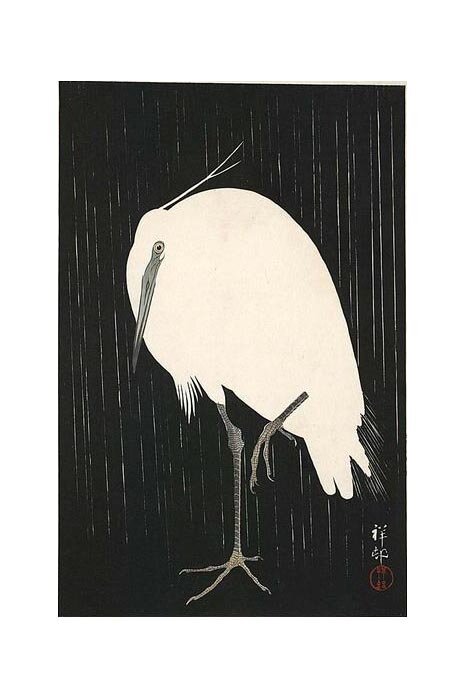
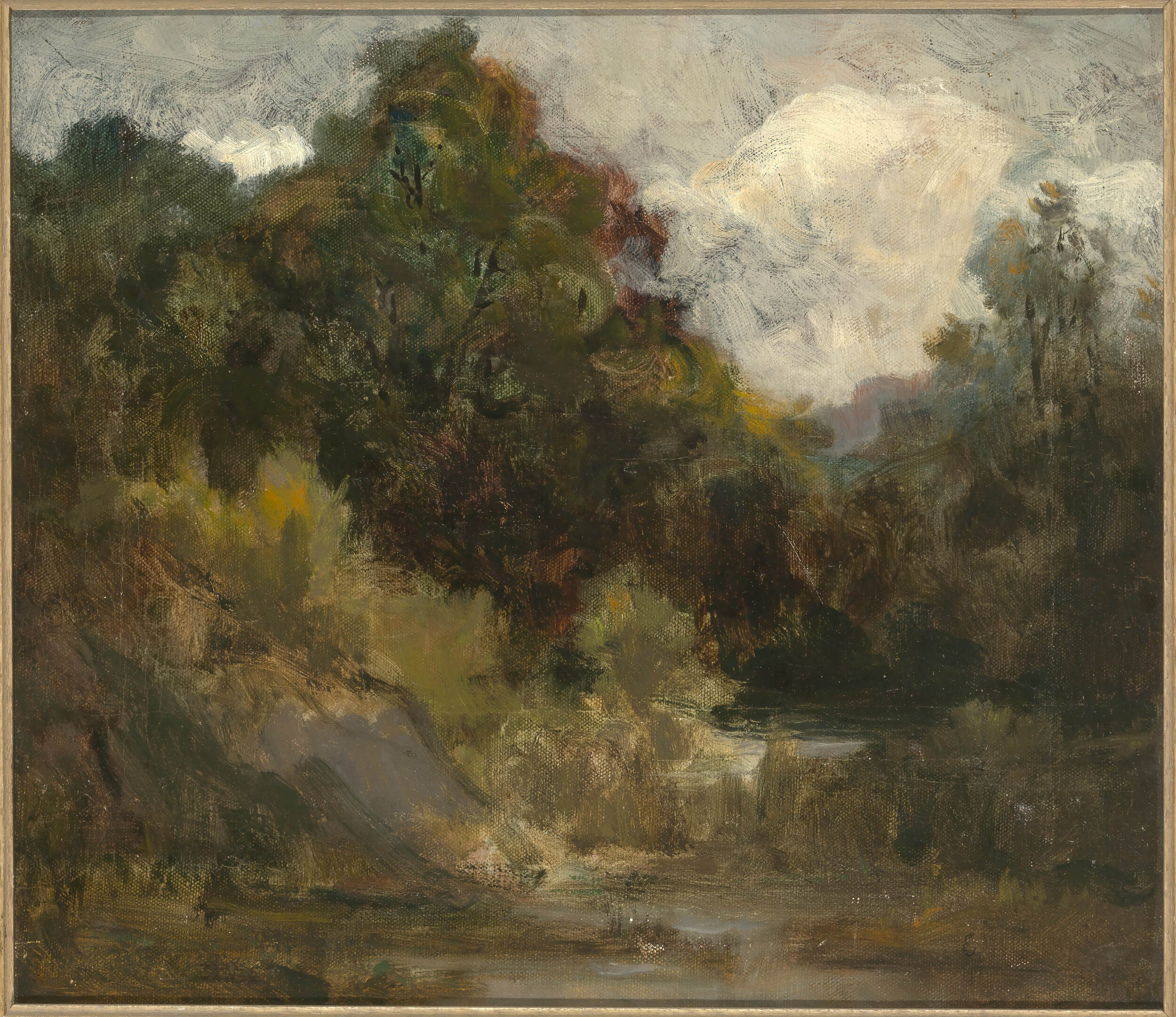
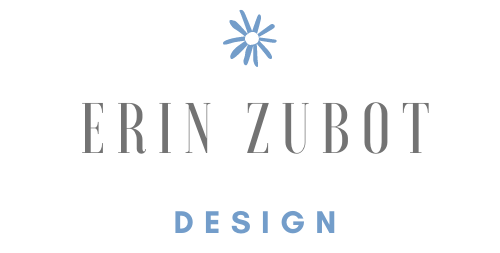

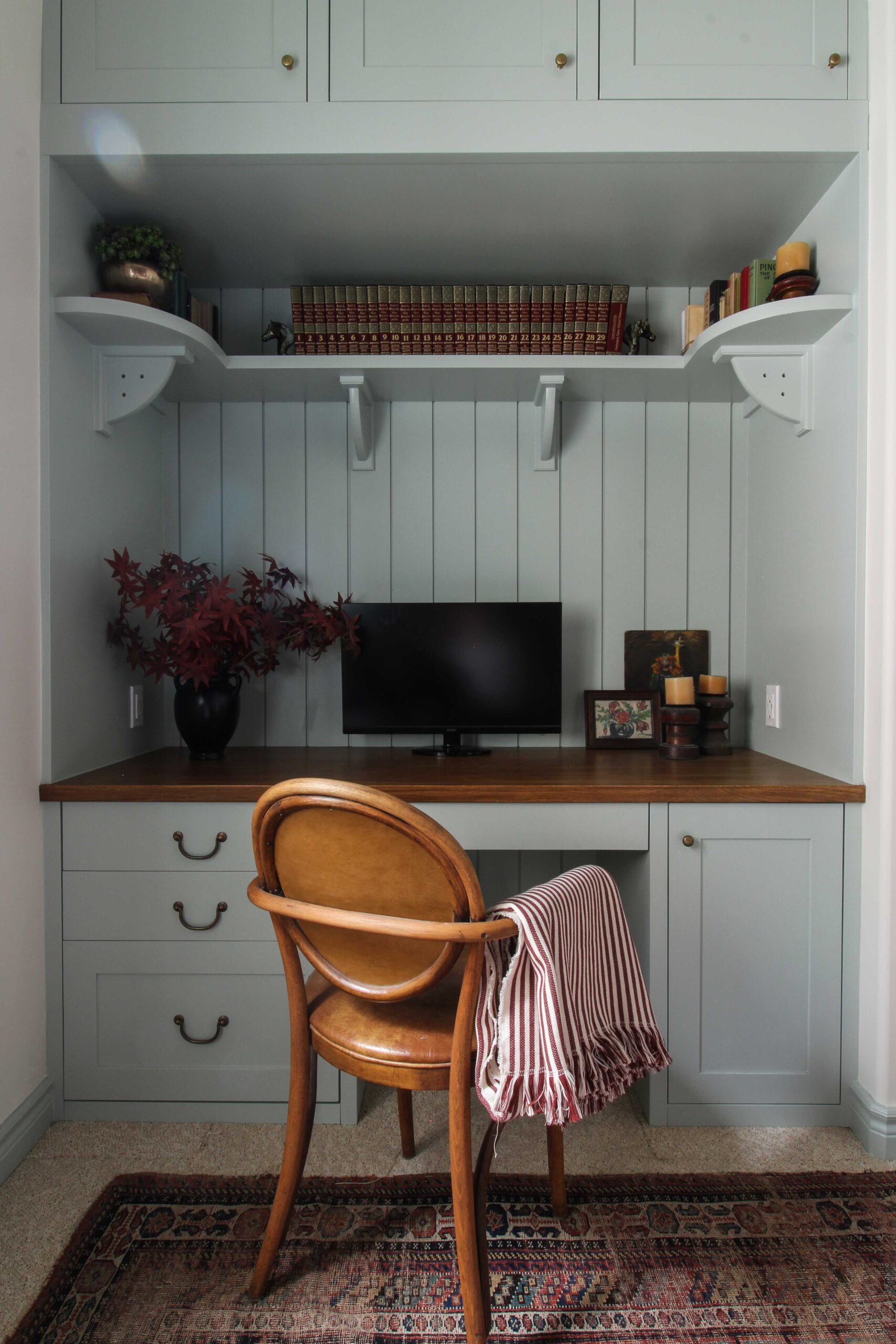
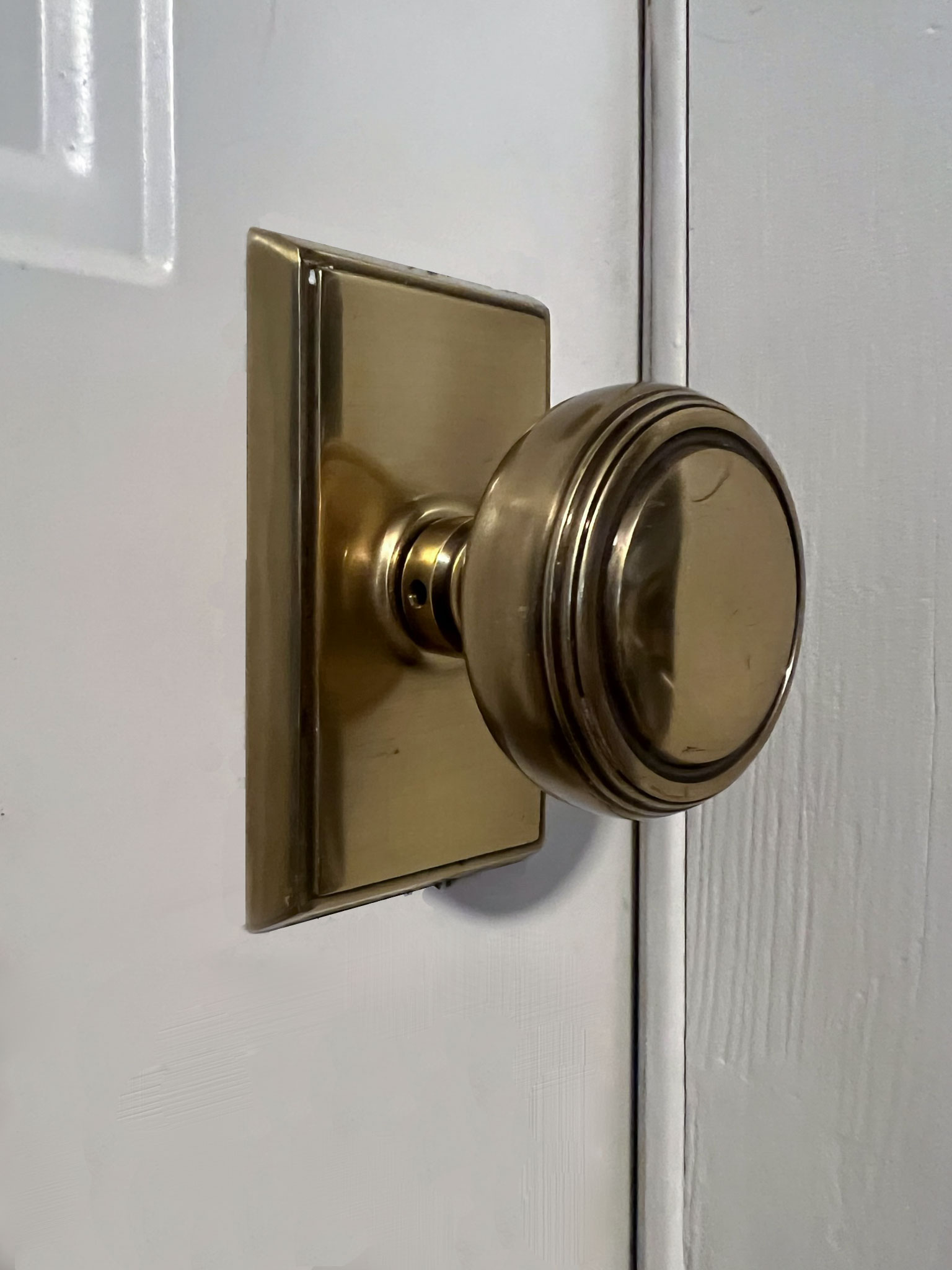
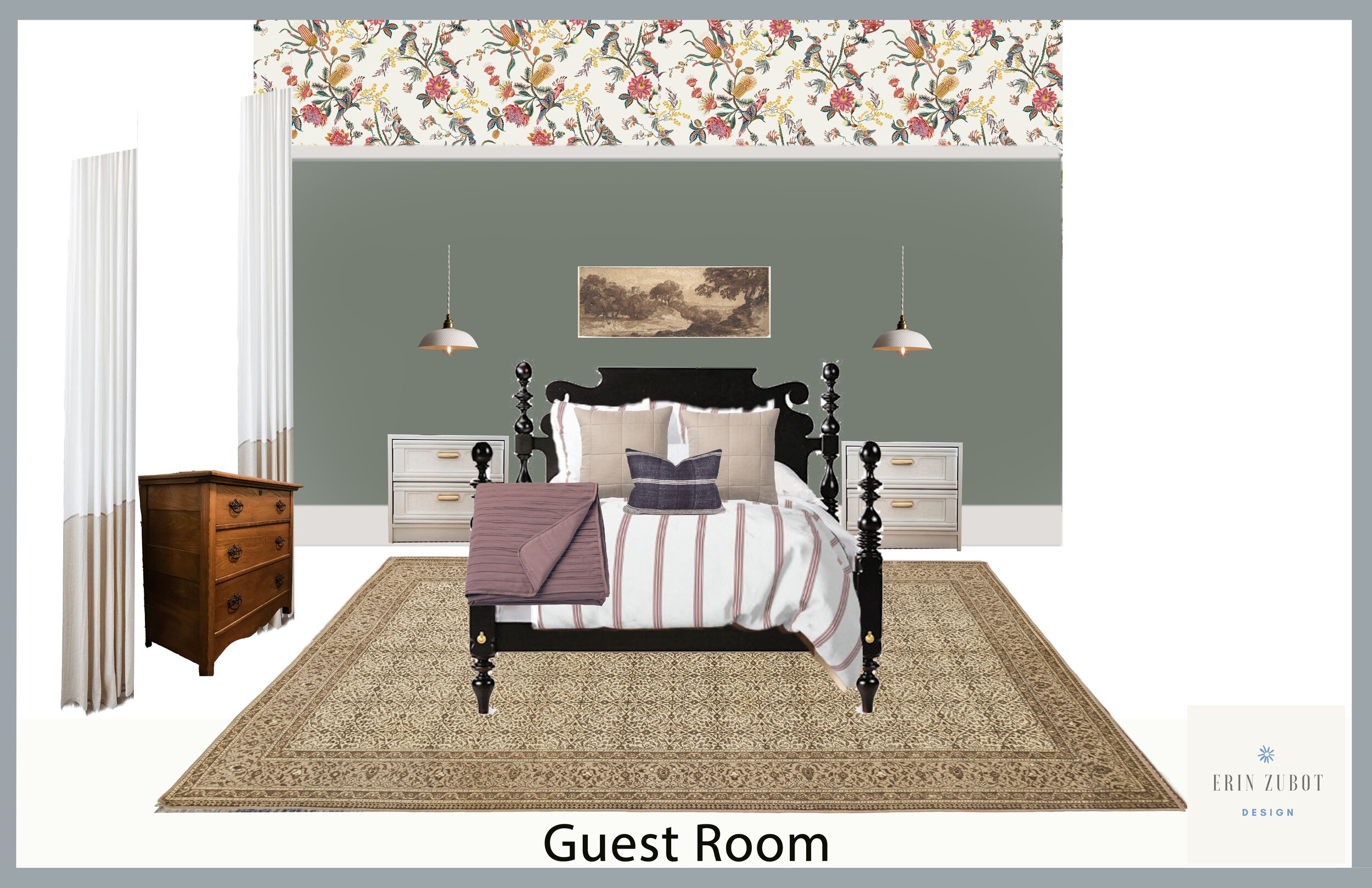
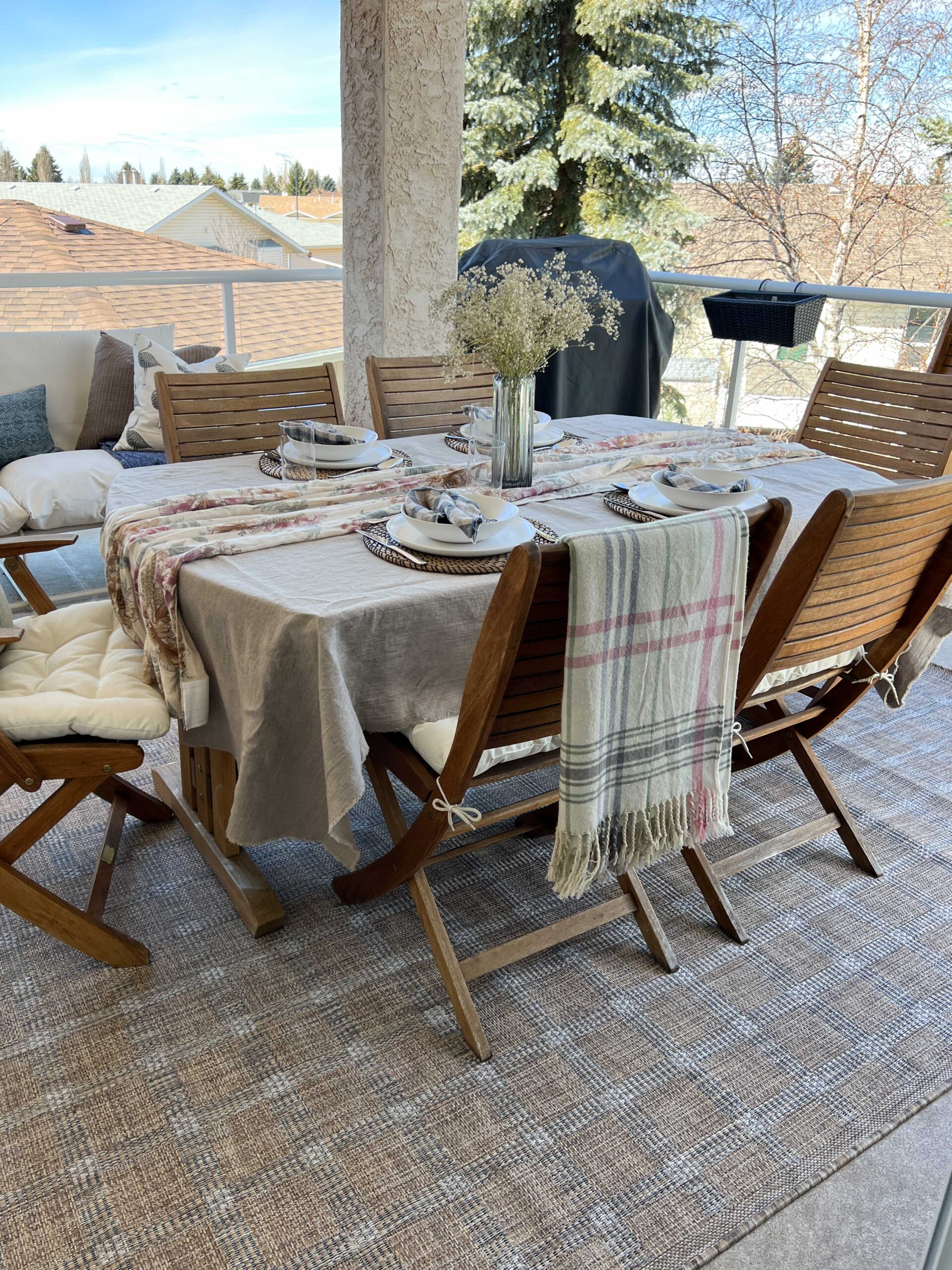
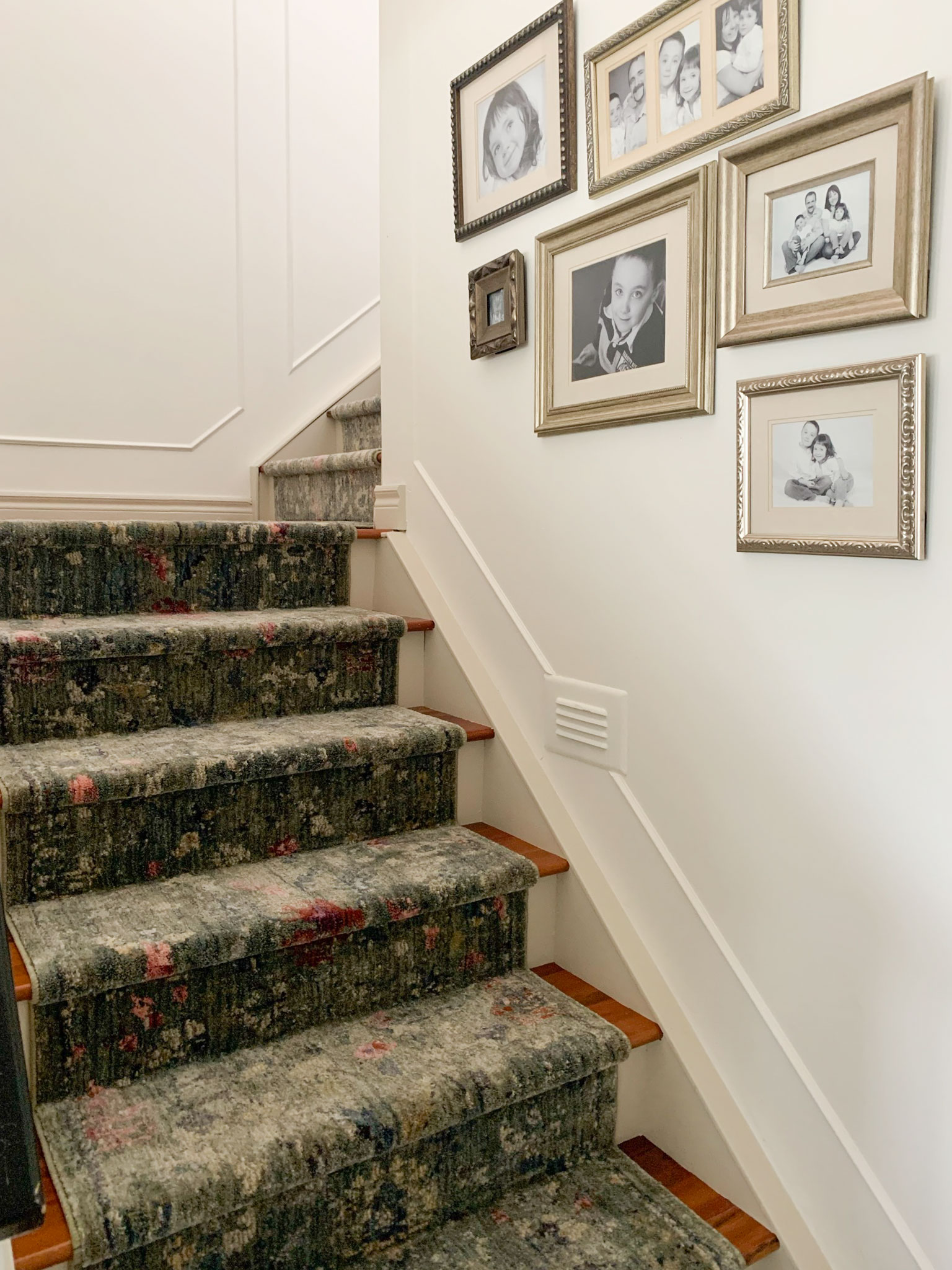
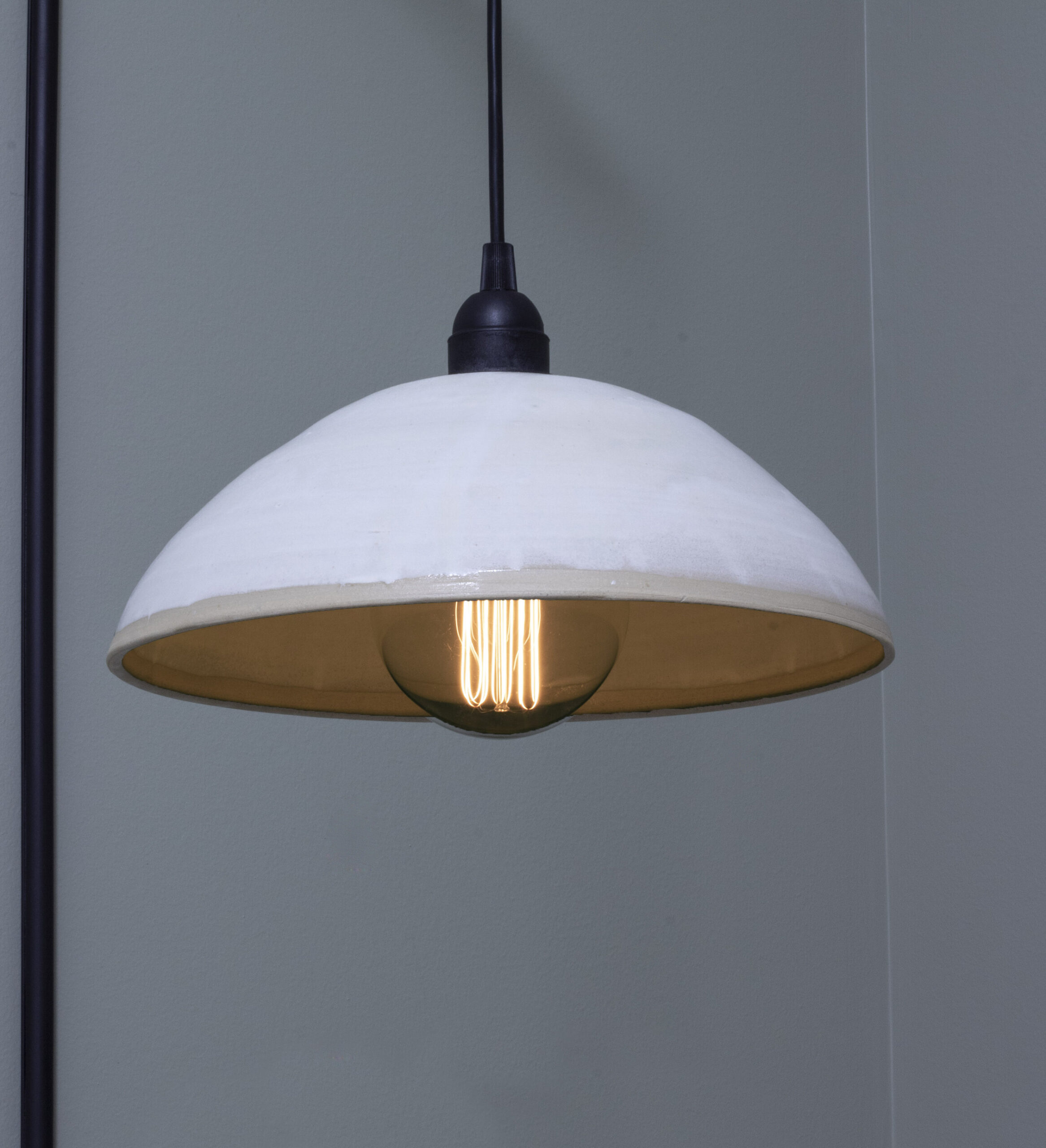
People who sell art, public domain or not, should share the artist information. People who purchase art, public domain or not, should explore who created it. I say this as an art history major. History is our context and without it life is shallow and homogeneous. How can we truly appreciate or connect with things if we don’t make a minimal effort to understand their context?
That said, this idea for affordable art is great and I appreciate your sharing it.
Thank you Tina, I appreciate the perspective of an Art Major and I agree with you! Let’s not forget the people behind the amazing work.
I don’t think Etsy print shops are intentionally leaving out the names of the artists as they may not even know the name of the artist in many cases. Unfortunately, most buyers do not read the product descriptions and so sellers have little incentive to provide custom information for each art print. Also, descriptions are not SEO optimized on Etsy so sellers do not want to spend time on them. Full disclosure, I sell vintage poster art that is in the Public Domain. I spend hours restoring each art poster and then re-sizing the art which can involve cropping and cloning. For a quality image there is a lot of work involved so it is really easier to buy art from Etsy shops. You make a good point that the seller should provide more information about the artist who created the artwork if possible.
Hi Carol! Thank you so much for your comment. I totally agree that print shops are providing a service by resizing and enhancing and I see your point about not having an incentive for providing backup information about the artist. I think that the service that print shops provide is very valuable, enhancing and resizing and curating is a lot of work! And its true that most buyers may not care about the artist, but I don’t think it would be a lot of work to include it in the listing or say "artist unknown" if that is the case. I do not want print shops to disappear, I love them and not having to enhance or resize or search for hours is so nice, I use them a lot still! I really appreciate having your perspective!
Hi Erin, What are the sizes of the frames you used for each print? I love this info & design!